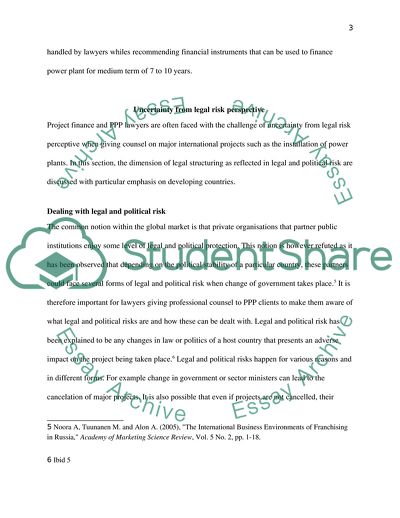Cite this document
(LLM in Project Finance PPP- Risk mitigation Essay, n.d.)
LLM in Project Finance PPP- Risk mitigation Essay. https://studentshare.org/finance-accounting/1868801-llm-in-project-finance-ppp-risk-mitigation
LLM in Project Finance PPP- Risk mitigation Essay. https://studentshare.org/finance-accounting/1868801-llm-in-project-finance-ppp-risk-mitigation
(LLM in Project Finance PPP- Risk Mitigation Essay)
LLM in Project Finance PPP- Risk Mitigation Essay. https://studentshare.org/finance-accounting/1868801-llm-in-project-finance-ppp-risk-mitigation.
LLM in Project Finance PPP- Risk Mitigation Essay. https://studentshare.org/finance-accounting/1868801-llm-in-project-finance-ppp-risk-mitigation.
“LLM in Project Finance PPP- Risk Mitigation Essay”. https://studentshare.org/finance-accounting/1868801-llm-in-project-finance-ppp-risk-mitigation.


